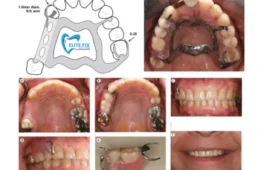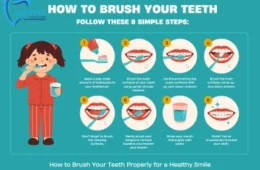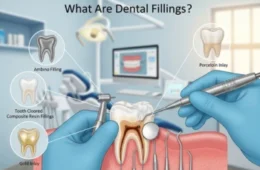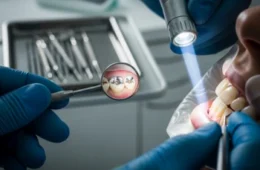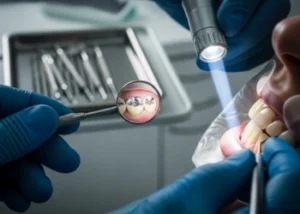
Teeth and Fillings
Introduction to Teeth and Fillings
Dental fillings repair cavities caused by tooth decay, sealing out bacteria to save your natural teeth. But problems can arise, leading to discomfort or bigger issues. We care about your smile’s health—spotting trouble early keeps pain at bay and preserves your teeth for years.
Common Problems with Dental Fillings
Fillings wear down over time from chewing, grinding, or poor oral care. Decay can sneak under edges, causing cracks or leaks. Materials like amalgam might trigger allergies in rare cases, while composites stain from coffee or wine. These issues affect millions, but prompt care fixes most.
Here’s a quick table of frequent filling woes:
| Problem | Symptoms | Potential Cause |
| Cracked Filling | Sharp pain when biting | Wear from hard foods |
| Leaking Filling | New sensitivity to sweets | Decay under the seal |
| Allergic Reaction | Itching or rash near mouth | Metal sensitivity |
| Bite Interference | Uneven feel, jaw ache | High filling after placement |
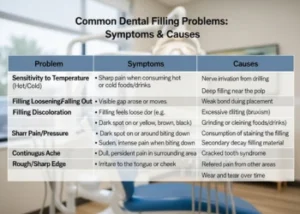
common dental filling problems, symptoms, and causes for easy reference
Pain After a Filling: What’s Normal?
Mild sensitivity hits many after a filling—think a twinge from hot coffee or cold air. This stems from nerve irritation during drilling and fades in days to weeks. Your dentist uses numbing agents, so the procedure itself stays comfortable. Over-the-counter pain relievers like ibuprofen ease any lingering ache.
When Pain Signals Trouble
Not all post-filling discomfort passes quickly. Throbbing that lasts over two weeks, swelling, or pain spreading to your jaw demands attention—it could mean infection or nerve damage. Referred pain fools you into thinking nearby teeth hurt, but the source is often the filled one. Chew softly and avoid extremes until it settles.
Signs You Need a New Filling or Checkup
Watch for these red flags that your filling falters:
- Visible cracks or rough edges on the tooth.
- Sudden holes or dark spots appearing.
- Persistent ache during eating or at rest.
- Bad breath or foul taste from trapped food.
Cavities start silently but cause sharp pain as they near the nerve. Untreated, they lead to abscesses or tooth loss—don’t delay.
When to See a Dentist Right Away
Rush to your dentist if pain intensifies or you spot:
- Fever, chills, or facial swelling.
- Pus or bleeding around the tooth.
- Difficulty swallowing or breathing.
- Pain unresponsive to home remedies.
Early visits prevent emergencies. For cavities, see your provider yearly—even without symptoms—to catch decay early. Learn more about cavity symptoms at Mayo Clinic.
Protecting Fillings in Chicago’s Winter Chill
Chicago’s Lakeview winds and Lincoln Park frost bite harder on sensitive teeth. Dry air worsens cracks, so hydrate often and use a humidifier. Sip warm herbal tea slowly to avoid shocks. Dr. Aziz Liaquat, our implant dentistry specialist, urges fluoride rinses to strengthen seals against the cold. Bundle your smile—soft scarves shield from icy blasts.
FAQs: Teeth and Fillings Quick Answers
Q: How long does pain last after a filling?
A: Mild sensitivity often eases in 1-2 weeks; call your dentist if it lingers longer.
Q: Can a bad filling cause infection?
A: Yes—leaks let bacteria in, risking abscesses. Seek care for swelling or fever.
Q: Why do fillings crack in winter?
A: Temperature swings expand and contract materials, stressing seals in Chicago’s cold.
Q: Is tooth sensitivity always a cavity?
A: No, but it signals decay or wear; get checked to rule out fillings needs.
Q: What if my filling falls out?
A: Cover with sugarless gum temporarily and see a dentist ASAP to prevent decay.
Q: Do all fillings cause pain?
A: Most don’t during placement, thanks to anesthesia; post-op twinges are common but brief.
Q: How often should I check fillings?
A: At biannual cleanings—dentists spot wear early.
This article is for informational purposes only. Consult a dentist for personalized advice.
For expert dental care in Chicago, visit EliteFixDenture.com.

